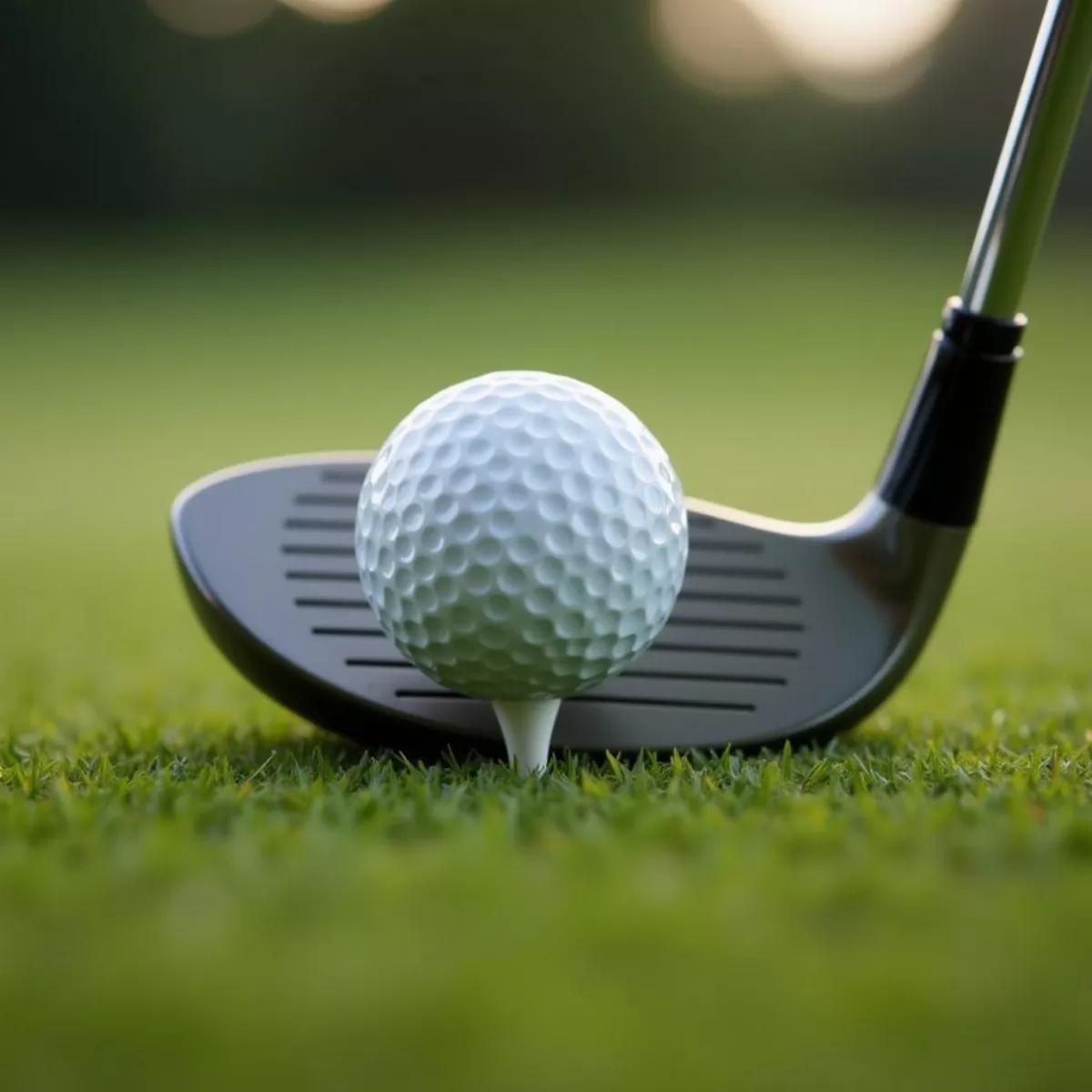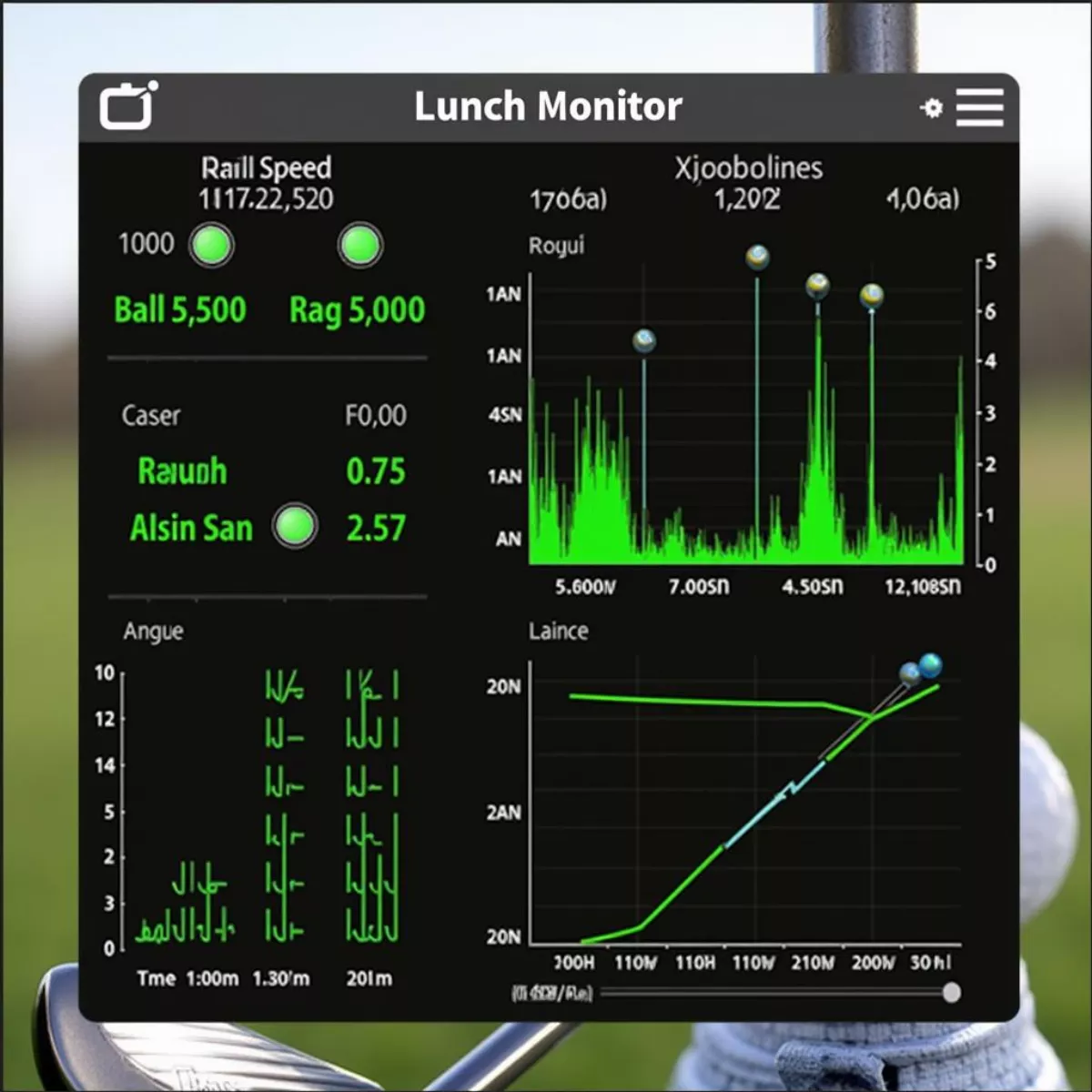Golf is a game steeped in tradition, but with modern physics and technology, we understand it better now than ever. One of the key indicators of how effectively you are hitting the ball is the smash factor. In this article, we’ll explore what exactly smash factor means, why it matters, and what a good smash factor is for your 7 iron. So, grab your clubs, and let’s dive in!
What is Smash Factor?
Smash factor is a measurement used to assess how efficiently you transfer energy from your club to the golf ball. It is calculated by dividing the ball speed by the clubhead speed. The formula looks like this:
Smash Factor = Ball Speed / Clubhead Speed
Why Should You Care About Smash Factor?
Understanding your smash factor can dramatically improve your game. It reveals how well you strike the ball and can help identify areas for improvement. Higher smash factors mean more efficient hits, which can result in:
- Increased Distance: A higher smash factor typically correlates with increased distance.
- Better Control: Knowing your smash factor helps refine your swing and control the ball better.
- Optimized Performance: Identifying your smash factor can help tailor your equipment to get the most out of your game.
 Golf club hitting ball at impact
Golf club hitting ball at impact
What is a Good Smash Factor for a 7 Iron?
Now that we’ve defined what smash factor is, let’s focus on the 7 iron. For most average golfers, a smash factor between 1.25 and 1.30 is generally considered good. However, let’s break down these numbers to give you a clearer picture.
Smash Factor Breakdown
| Club Type | Good Smash Factor Range |
|---|---|
| Driver | 1.45 – 1.50 |
| 3 Wood | 1.40 – 1.45 |
| 5 Iron | 1.30 – 1.35 |
| 7 Iron | 1.25 – 1.30 |
| 9 Iron | 1.20 – 1.25 |
Factors Influencing Smash Factor
Many factors influence your smash factor, particularly for a 7 iron:
- Clubhead Speed: Faster swings generally enable higher smash factors.
- Ball Position: Where you position the ball in relation to your stance can affect your impact point and, therefore, your smash factor.
- Angle of Attack: A downward angle of attack helps with compression, leading to better energy transfer.
- Quality of Contact: Striking the ball in the sweet spot of the clubface makes a significant difference.
Tip: For optimal performance, aim to hit the ball with a slight descending blow, which is key for generating a good smash factor.
 Golfer addressing ball with 7 iron
Golfer addressing ball with 7 iron
Improving Your Smash Factor
If you find that your smash factor with your 7 iron is lower than you’d like, don’t panic! Here are some actionable steps you can take to improve it:
- Focus on Impact:
- Use drills that emphasize striking the ball in the center of the clubface.
- Practice hitting off a tee to train your swing.
- Optimize Your Setup:
- Ensure proper alignment and ball position relative to your stance.
- Maintain an athletic posture with knees flexed and back straight.
- Analyze Your Swing:
- Consider getting a lesson from a certified golf instructor to work on mechanics.
- Use technology and tools like launch monitors to gather data on your smash factor.
- Physical Conditioning:
- Work on your fitness; increasing strength and flexibility can enhance your swing mechanics.
- Consider exercises that strengthen your core, legs, and arms.
- Equipment Check:
- Make sure your 7 iron is properly fitted to your swing characteristics.
- Experiment with different shafts and grips; they can significantly affect performance.
 Golf launch monitor data
Golf launch monitor data
Key Takeaways
- Smash Factor is a crucial metric for assessing your club’s efficiency.
- A good smash factor for a 7 iron is typically between 1.25 and 1.30.
- Factors influencing your smash factor include clubhead speed, angle of attack, and quality of contact.
- Focus on improving your impact, setup, analysis, conditioning, and equipment to enhance your smash factor and overall game.
FAQs about Smash Factor and 7 Iron
1. What is the average smash factor for a 7 iron among professional golfers?
Answer: Professional golfers often have smash factors ranging from 1.30 to 1.35 with a 7 iron.
2. How do I measure my smash factor?
Answer: You can measure your smash factor using a launch monitor that tracks both your ball speed and clubhead speed.
3. Why is a higher smash factor better?
Answer: A higher smash factor means better energy transfer, which leads to increased distance and improved performance.
4. Can my swing speed affect my smash factor?
Answer: Absolutely! Higher swing speeds can lead to higher smash factors, given that the impact is clean and at the sweet spot.
5. What should I do if my smash factor is low?
Answer: Focus on various aspects of your game, such as improving your swing mechanics, practicing your impact, and checking your equipment fit.
6. How often should I check my smash factor?
Answer: Regularly checking your smash factor, especially after changes in your swing, equipment, or technique, can help track improvement.
7. Can using different balls affect my smash factor?
Answer: Yes, different golf balls can react differently to your swing speed and impact, influencing your smash factor—experiment to find the best fit.
8. What is the ideal launch angle for a 7 iron?
Answer: Ideally, a launch angle for a 7 iron should be between 15 and 18 degrees depending on your swing style and conditions.
9. Can improving my smash factor impact my overall game?
Answer: Certainly! Improving your smash factor can lead to greater distances, better control, and ultimately lower scores.
10. Should I focus more on smash factor or swing speed?
Answer: While both are important, focusing on improving your smash factor can lead to better efficiency in your swings even if the swing speed remains the same.
In conclusion, understanding your smash factor, especially with a 7 iron, can help improve your overall golf game. By focusing on your technique, equipment, and training, you can reach new heights on the course. So keep practicing, and may your drives and approaches always find their mark!